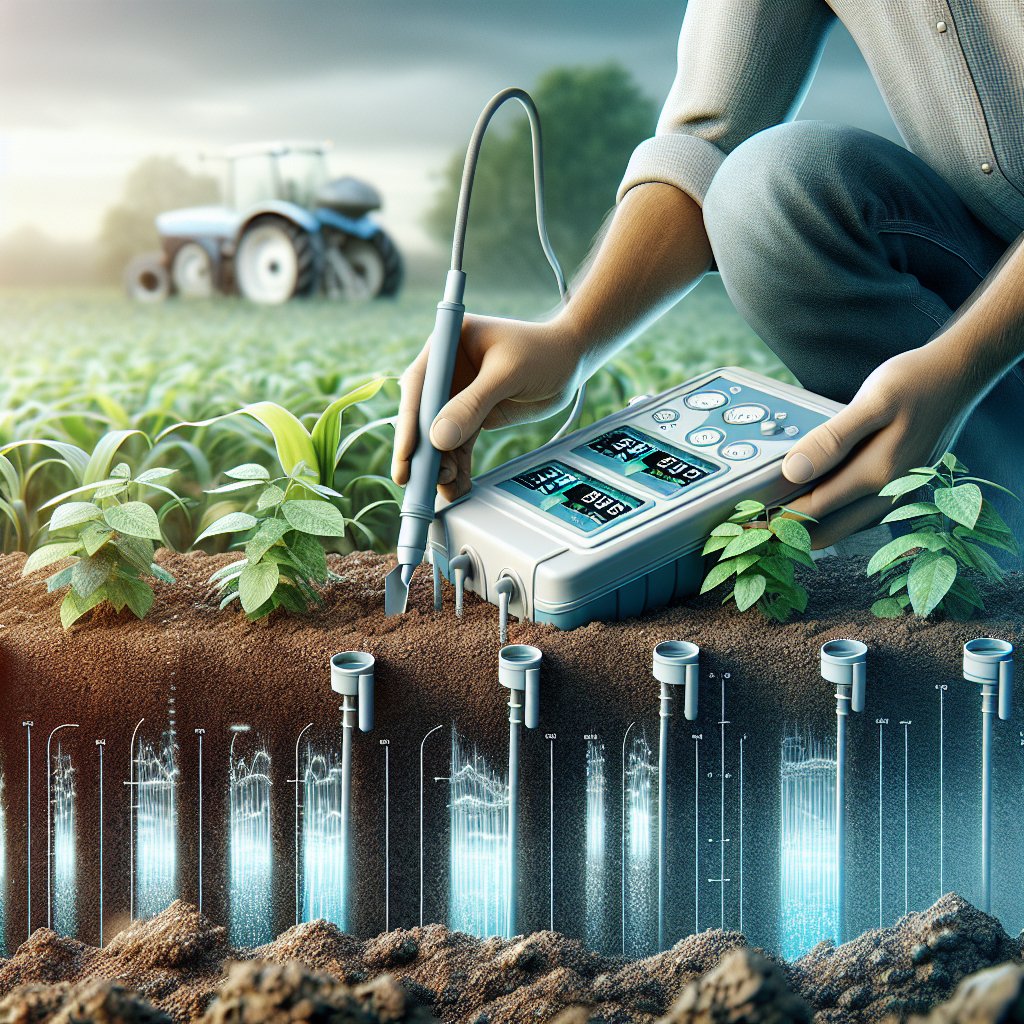Soil testing is a critical component in modern agriculture, providing essential information that helps farmers make informed decisions about crop production and land management. By analyzing soil samples, farmers can determine nutrient levels, pH balance, and other key factors that influence plant growth. This process not only enhances crop yield but also promotes sustainable farming practices by minimizing the overuse of fertilizers and other inputs.
Understanding Soil Composition
Soil is a complex mixture of minerals, organic matter, water, and air, each playing a vital role in supporting plant life. The mineral component, which includes sand, silt, and clay, determines the soil’s texture and affects its ability to retain water and nutrients. Organic matter, derived from decomposed plant and animal material, enriches the soil with nutrients and improves its structure. Water and air are also crucial, as they facilitate the movement of nutrients to plant roots and support microbial activity.
Understanding the composition of soil is essential for effective soil management. Different crops have varying requirements for nutrients and soil conditions, and a one-size-fits-all approach can lead to suboptimal results. Soil testing provides a detailed analysis of the soil’s properties, enabling farmers to tailor their practices to meet the specific needs of their crops.
The Process of Soil Testing
Soil testing involves collecting soil samples from different areas of a field and analyzing them in a laboratory. The process begins with selecting the appropriate sampling locations, which should represent the variability in soil types and conditions across the field. Samples are typically taken from the topsoil, where most plant roots are located, and are collected using a soil probe or auger.
Once the samples are collected, they are sent to a laboratory for analysis. The laboratory tests for various parameters, including nutrient levels (such as nitrogen, phosphorus, and potassium), pH, organic matter content, and the presence of contaminants. The results are then compiled into a soil test report, which provides recommendations for soil amendments and management practices.
Benefits of Soil Testing
Soil testing offers numerous benefits to farmers, both economically and environmentally. By identifying nutrient deficiencies, farmers can apply the right amount of fertilizers, reducing waste and lowering costs. This targeted approach not only saves money but also minimizes the risk of nutrient runoff, which can lead to water pollution and other environmental issues.
Moreover, soil testing helps farmers maintain soil health by ensuring that the soil remains balanced and fertile. Healthy soil supports robust plant growth, leading to higher yields and better-quality crops. It also enhances the soil’s resilience to pests and diseases, reducing the need for chemical interventions.
In addition to these benefits, soil testing plays a crucial role in sustainable agriculture. By promoting efficient use of resources and minimizing environmental impact, soil testing supports the long-term viability of farming operations. It also helps farmers adapt to changing conditions, such as climate change, by providing data-driven insights into soil management.
Challenges and Considerations
While soil testing is a valuable tool, it is not without its challenges. One of the main obstacles is the cost of testing, which can be prohibitive for small-scale farmers. Additionally, the accuracy of soil test results depends on the quality of the samples and the laboratory’s testing methods. Inaccurate results can lead to misguided recommendations and suboptimal outcomes.
To overcome these challenges, farmers should work with reputable laboratories and follow best practices for soil sampling. It is also important to interpret soil test results in the context of local conditions and crop requirements. Consulting with agronomists or extension services can provide valuable guidance in this regard.
Conclusion
Soil testing is an indispensable tool in modern agriculture, offering insights that help farmers optimize their practices and achieve sustainable outcomes. By understanding soil composition and addressing nutrient deficiencies, farmers can enhance crop productivity while minimizing environmental impact. Despite the challenges, the benefits of soil testing far outweigh the costs, making it a worthwhile investment for any farming operation. As agriculture continues to evolve, soil testing will remain a cornerstone of effective land management and sustainable food production.



